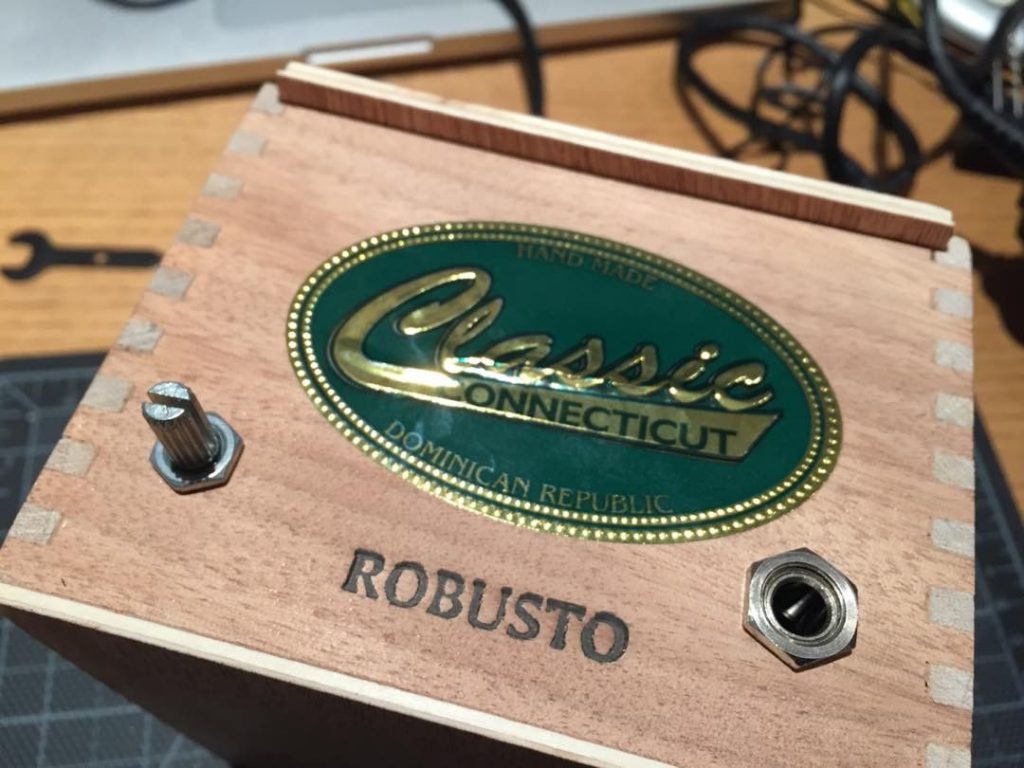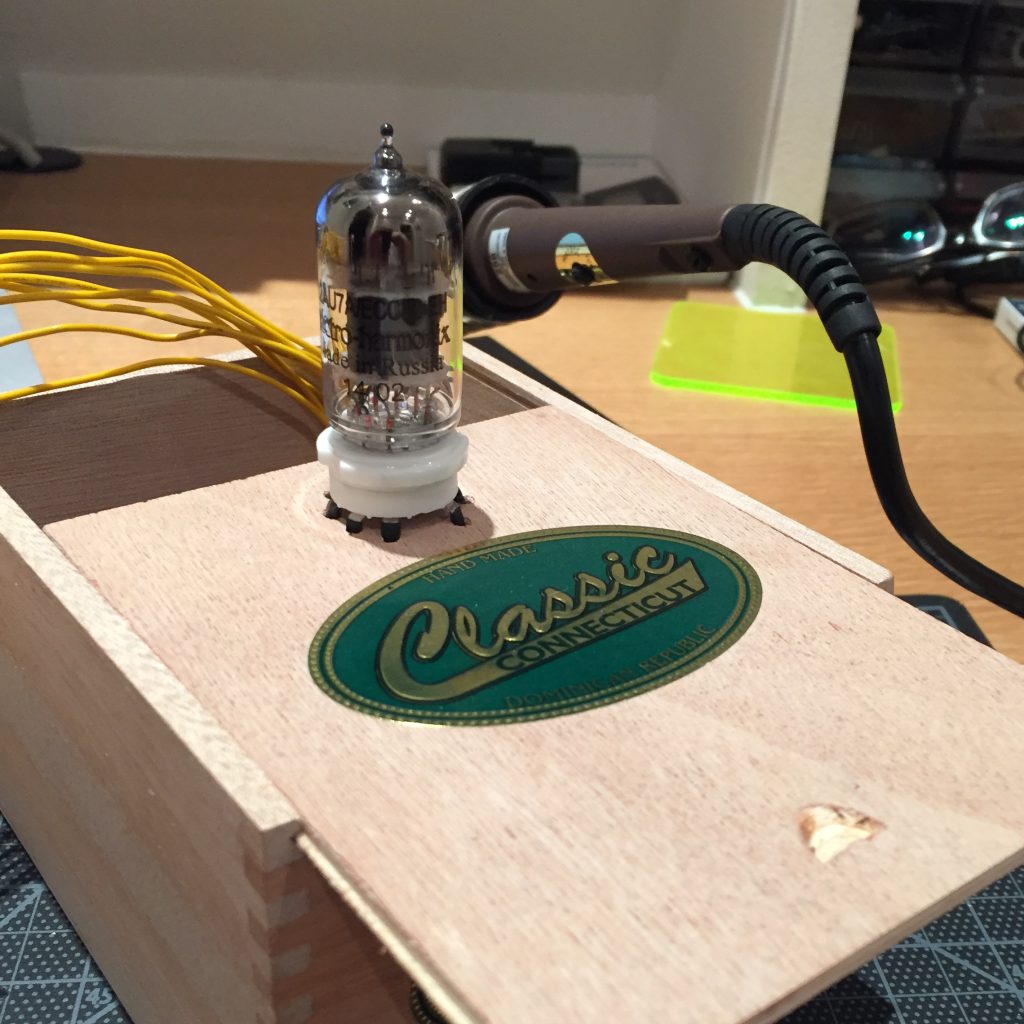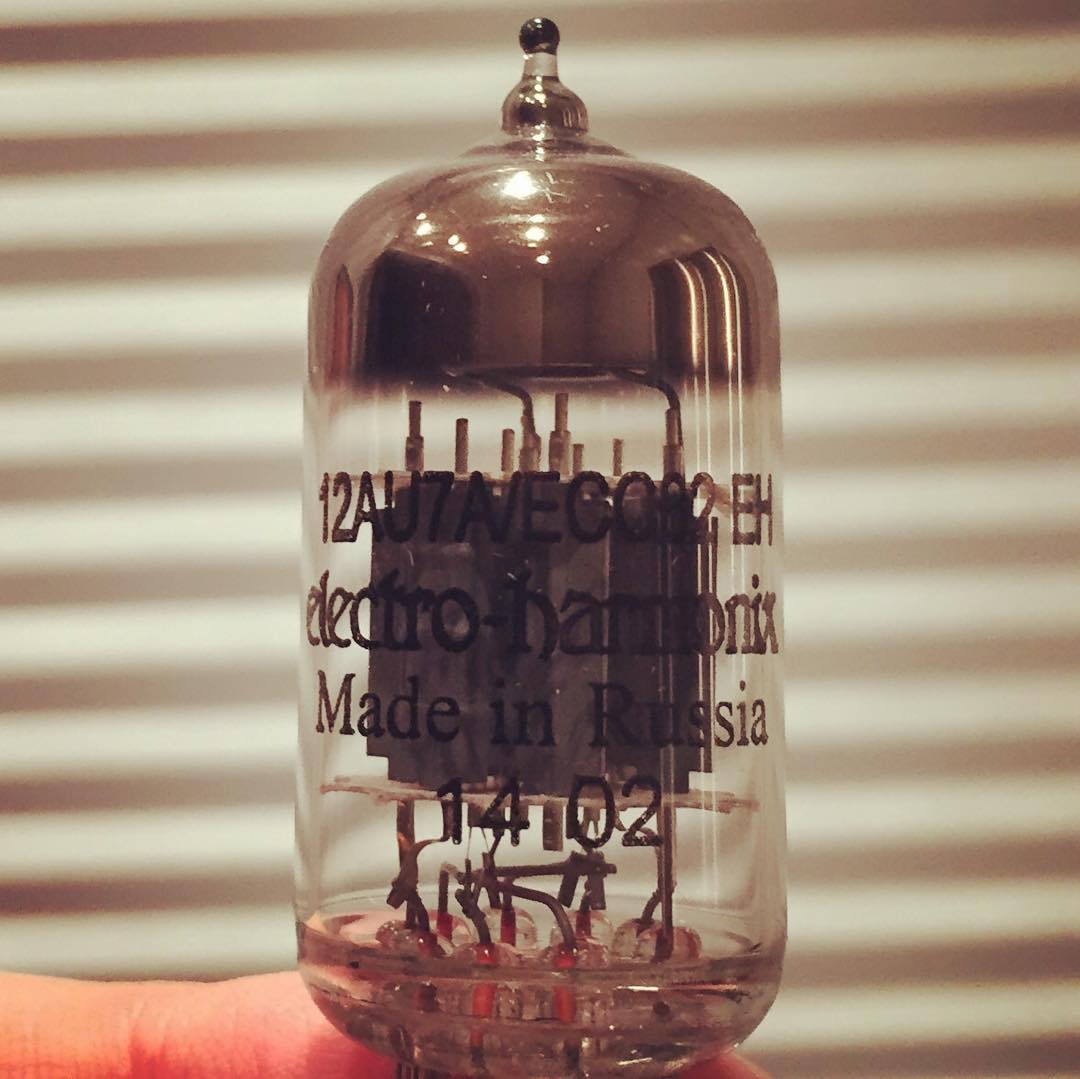I wanted to use a Raspberry Pi as an information display. To do this, I wanted a browser to open a page full-screen on boot. I thought this would be relatively easy, but I ended up spending some time troubleshooting. There are many, many pages out there describing how to do this, but some of the information is out of date.
Raspberry Pi Kiosk Screen Tutorial was very useful, although, I used the Midori browser instead of Chromium. Substituting “midori” for “chomium” seemed to work fine for this tutorial.
As for the autostart file, note that you might have several of these on your pi, I suggest checking to see if you have a user config file, that one will take priority over any of the others (including those listed in the tutorial above). Mine is at /home/pi/.config/lxsession/LXDE-pi/autostart.
The web page I’m running relies on local storage, and it seems that Midori has that option disabled by default. I enabled it, and it worked great when I launched Midori in the desktop environment, but the page failed to load when launched from the command line. After some poking around, I saw that the Privacy tab wasn’t in Midori’s preferences when launched from the command line. I “fixed” that by making sure pi user’s config was getting loaded.
The line in my autostart file that opens the browser looks something like this (note the -c flag):
@midori -c /home/pi/.config/midori -e Fullscreen -a http://[URL]
With that, it worked great!





